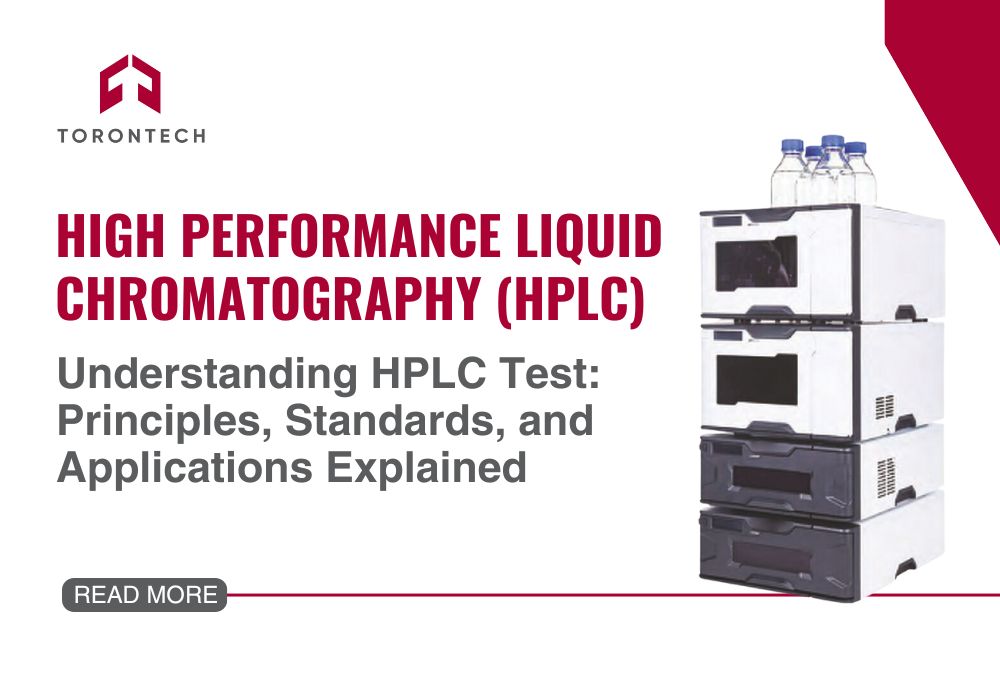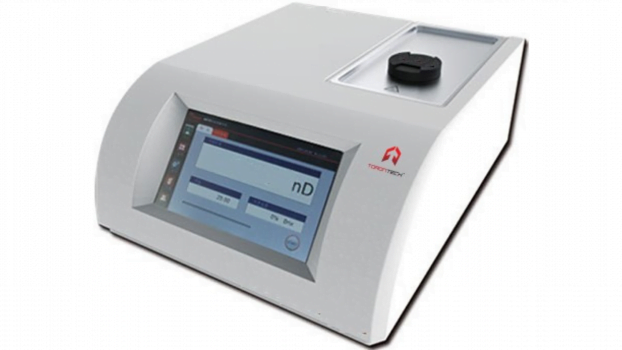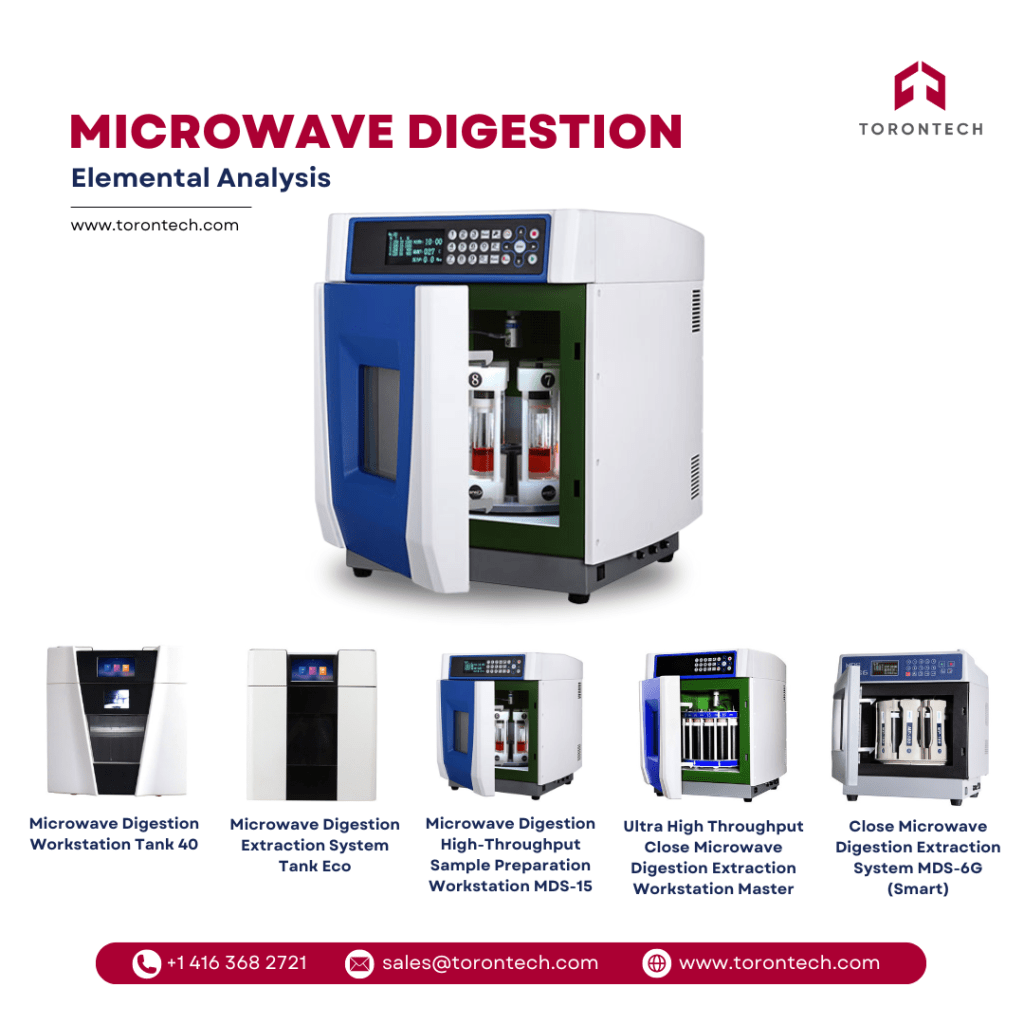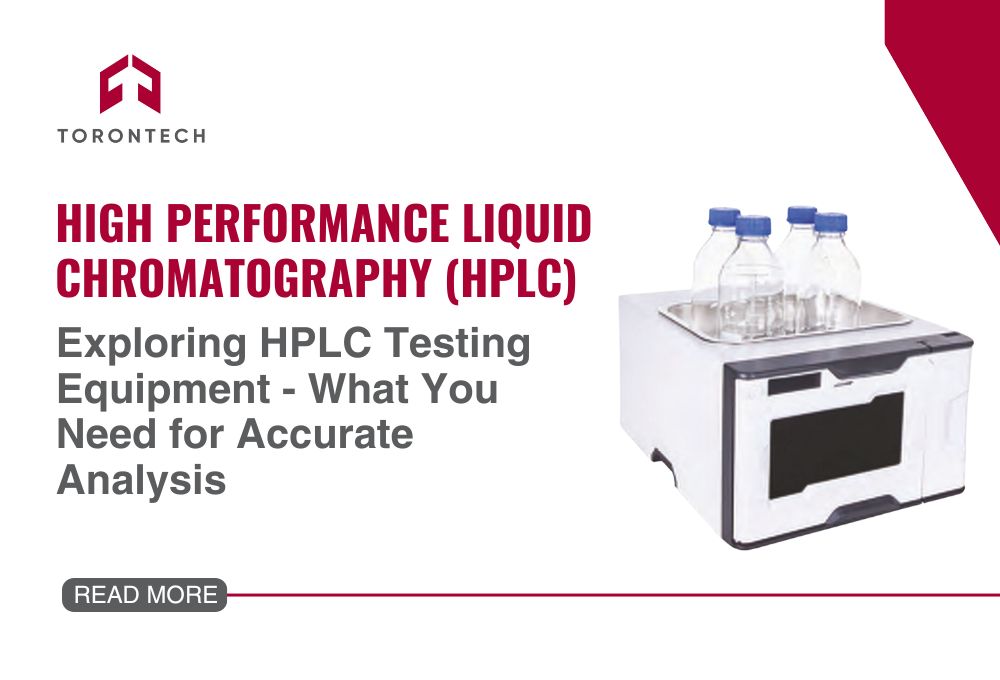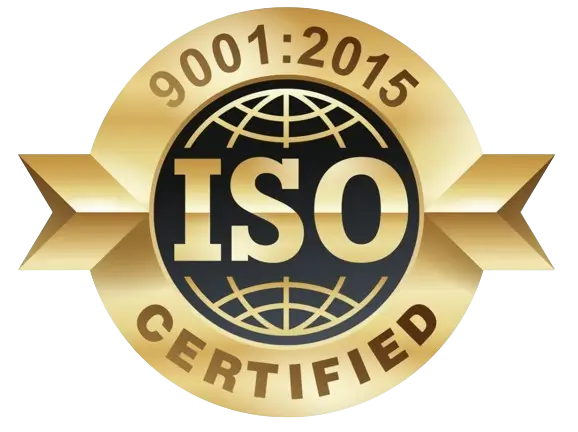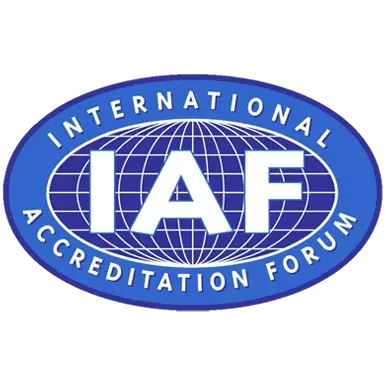Precision and accuracy are crucial in scientific analysis. Industries like pharmaceuticals and environmental testing rely on High-Performance Liquid Chromatography (HPLC). This advanced method separates, identifies, and quantifies components in complex mixtures. HPLC ensures compliance with stringent industry standards, making it indispensable.
What makes HPLC so essential? This article will explore HPLC testing fundamentals. You’ll learn why HPLC is crucial, the basic principles, and the standards governing its application. We will also cover how HPLC differs from basic liquid chromatography (LC). Let’s continue reading to uncover the answers and enhance your understanding of HPLC testing.
What is HPLC testing?
High-Performance Liquid Chromatography (HPLC) is an advanced analytical technique used in many industries. It separates, identifies, and quantifies components in a mixture. You might encounter HPLC in pharmaceuticals, food safety, and environmental testing. Its precision and accuracy make it a trusted method for quality control.
HPLC works by passing a liquid sample through a column filled with a solid adsorbent material. Different components in the sample interact with this material at varying rates. This interaction causes each component to exit the column at different times. The result is a separation that allows for precise identification and quantification.
In an HPLC system, several key components work together. These include a solvent reservoir, a pump, an injector, a column, a detector, and a data system. The pump moves the solvent through the column, while the detector identifies and quantifies the separated components. The data system then records and analyzes this information.
HPLC is crucial for ensuring product quality and safety. It helps detect impurities, verify the concentration of active ingredients, and ensure compliance with regulatory standards. HPLC testing is indispensable for industries that require rigorous quality control and precise analytical methods.
Why is HPLC testing needed?
HPLC testing is essential for many reasons. It ensures the quality and safety of products in various industries. For example, in pharmaceuticals, you need to know the exact composition of a drug. This helps prevent harmful impurities and ensures the correct dosage.
In the food industry, HPLC tests for contaminants. You want to know that your food is free from pesticides and other harmful substances. This is crucial for consumer safety and regulatory compliance. Environmental testing also relies on HPLC. It detects pollutants in water and soil, helping you protect the environment.
HPLC’s precision and accuracy make it invaluable. It provides detailed information about a sample’s composition. This is crucial for research and development. Scientists use HPLC to understand chemical properties and interactions.
What specific applications can HPLC improve in your field? Knowing this can help you leverage HPLC’s full potential. Next, let’s explore the basic principles of HPLC.
What is the basic principle of HPLC?
Understanding the basic principle of HPLC can be simplified by breaking it down into key components and steps:
1. Separation Principle
- High Pressure: HPLC uses high pressure to push solvents through a column.
- Column with Adsorbent Material: The column is filled with a solid adsorbent material.
- Interaction and Separation: Different components in the mixture interact with the adsorbent material at different rates, causing them to exit the column at different times.
2. Key Components of HPLC System
- Solvent Degasser: Holds the mobile phase, the liquid that carries the sample.
- HPLC Pump: Pushes the mobile phase through the system at a constant flow rate.
- Autosampler/Manual Injector: Introduces the sample into the mobile phase.
- Column Oven: Contains the stationary phase, made up of tiny particles that interact with the sample components.
- Detector: Identifies and quantifies each component as they exit the column.
- Data System: Records and analyzes the detector’s output, providing a detailed report of the sample composition.
3. Separation Process
- Mobile Phase: The liquid that carries the sample through the system.
- Stationary Phase: The solid material in the column that interacts with the sample components.
- Interaction and Movement: Components in the sample interact differently with the stationary phase, causing varying speeds and separation.
4. Detection and Analysis
- Detector: Measures the physical or chemical properties of each component.
- Data System: Analyzes and records the detector’s measurements to provide a comprehensive analysis of the sample.
5. Flexibility in Application
- Varied Interactions: The separation can be based on properties like polarity, size, or charge.
- Wide Range of Uses: HPLC can analyze pharmaceuticals, environmental samples, food safety, and more.
What types of samples do you work with, and how could HPLC improve your analysis? Understanding this will help you maximize the benefits of HPLC in your work. Next, we’ll discuss the standards governing HPLC testing.
What are the HPLC standards of testing?
Adhering to standards is crucial for ensuring the accuracy, reliability, and consistency of HPLC testing. These standards are set by various regulatory and standard-setting organizations to guide laboratories in conducting effective and compliant HPLC analyses.
1. Regulatory Standards
a. United States Pharmacopeia (USP)
USP sets guidelines for the pharmaceutical industry, including HPLC method development, validation, and performance criteria. These standards ensure that drugs meet quality and safety requirements.
b. European Pharmacopoeia (EP)
Similar to USP, the EP provides standards for pharmaceuticals in Europe. It outlines procedures for HPLC testing to ensure compliance with European regulations.
c. International Council for Harmonisation (ICH)
ICH guidelines harmonize the technical requirements for pharmaceuticals globally. It covers method validation, including accuracy, precision, specificity, and robustness of HPLC methods.
2. Method Validation Parameters
- Accuracy: The closeness of the test results to the true value. It’s critical for confirming the reliability of HPLC methods.
- Precision: The consistency of results when the same sample is tested multiple times under identical conditions. It includes repeatability and reproducibility.
- Specificity: The ability of the method to distinguish and quantify the analyte in the presence of other components like impurities or degradation products.
- Linearity: The ability to obtain test results that are directly proportional to the concentration of analyte in the sample within a given range.
- Range: The interval between the upper and lower levels of analyte that have been demonstrated to be determined with precision, accuracy, and linearity.
- Robustness: The method’s capacity to remain unaffected by small but deliberate variations in method parameters, providing an indication of its reliability during normal usage.
Following these standards ensures that your HPLC testing is accurate, reliable, and compliant with regulatory requirements. Understanding the specific guidelines for your industry helps maintain high standards in your HPLC analyses.
What is the difference between LC and HPLC?
Liquid Chromatography (LC) and High-Performance Liquid Chromatography (HPLC) are both techniques used for separating mixtures. However, there are key differences between the two. Understanding these differences can help you choose the right method for your needs.
| Aspect | Liquid Chromatography (LC) | High-Performance Liquid Chromatography (HPLC) |
| Pressure | Operates at low pressure. | Uses high pressure for faster and better separation. |
| Column Particle Size | Larger particles in the stationary phase. | Smaller particles, increasing surface area and improving separation. |
| Resolution and Sensitivity | Good for less complex mixtures. | High resolution and sensitivity for complex samples. |
| Speed of Analysis | Slower due to lower pressure and larger particles. | Faster due to high pressure and smaller particles. |
| Equipment | Simpler and less expensive equipment. | More sophisticated and costly but with superior performance. |
| Applications | Suitable for simpler, less demanding applications. | Ideal for pharmaceuticals, food safety, and environmental testing. |
Which method suits your needs better? Understanding the specific requirements of your analysis will help you choose the right technique.
HPLC testing is important across various industries, including pharmaceuticals and environmental science. Its precision, efficiency, and ability to handle complex mixtures make it a valuable tool. Understanding HPLC principles, applications, and standards helps you maximize its potential.
HPLC ensures product quality, safety, and regulatory compliance. You can rely on it for developing new drugs, monitoring pollutants, or ensuring food safety. Following regulatory standards and validation methods guarantees accurate and consistent results.
Choosing between LC and HPLC depends on your needs. HPLC offers higher resolution, faster analysis, and greater sensitivity, making it suitable for detailed applications.
This knowledge empowers you to make informed decisions and achieve optimal results. To explore more about HPLC, let’s visit our website.

